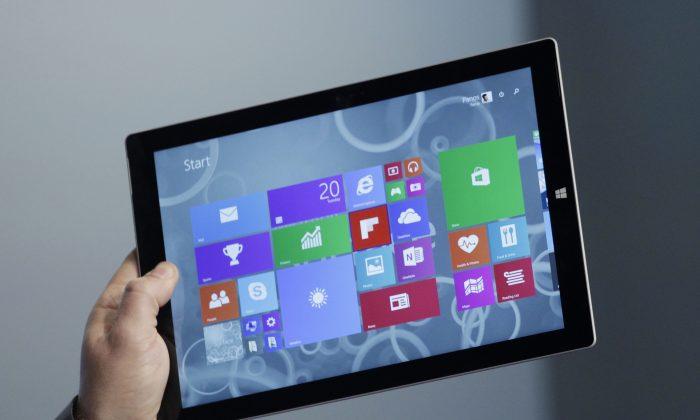You have seen it before—at self-checkout lines, for example, where one person administrates several kiosk machines, while customers scan bar codes. Robots have been changing the world, and now that Google and Foxconn have worked out a deal, robotics 2.0 might be just around the corner.
Google may work with the multi-national manufacturing company to work with products right from the raw materials stage to the retail stage.
Here’s a look at how robotics have impacted the workplace and what we may see in the future, including from Google and Foxconn.
Positive Impact on the Workforce
One of the first industries to take advantage of the robotic automation process was the car industry.
From 1948 to 1978, the ratio of automobile-workers to automobiles increased from 1:8 to 1:17. So, roughly 800,000 workers went from producing just under 6 million cars, to producing over 18 million cars, as stated in the paper “Robotics and Manufacturing Employment: A Pooled Time Series Analysis.” An additional complexity was also introduced into new cars, which these numbers don’t take into account, that could only be achieved with robots.
Robots not only create wealth and income for companies, they also create higher paying jobs, because a higher level of knowledge is required to operate and maintain them.
Negative Impact on the Workforce
Low-end paying jobs are what haves taken the brunt of the movement of robotics into the workplace. Cashiers and assembly-line workers are becoming fewer, while taxi drivers and maids might be next on the list—Google’s self-driving car and Mahru-Z maid might not be as far away as we think.
Since it takes fewer workers to make the same quantity of a product, robots can be seen as a driving factor of unemployment, or slow employment growth.
Many experts have argued that jobs are created by these new technologies. However, if these jobs are in different fields and require a different skill set, the effect on the individual replaced by such advancement can be traumatic, as stated in the paper “Exploratory Workshop on the Social Impacts of Robotics.”
The Future of Robotics in the Workplace
In a recent article by the Wall Street Journal, it was reported that Foxconn is working with Google to integrate technology it is acquiring, and that Google would like to compete with Amazon in the retail industry.
What this could mean is a company that goes from raw material to shipping the final product all in one warehouse.
Foxconn employs over 1 million people, and it could be the first manufacturing plant to be revolutionized by robotics 2.0.




